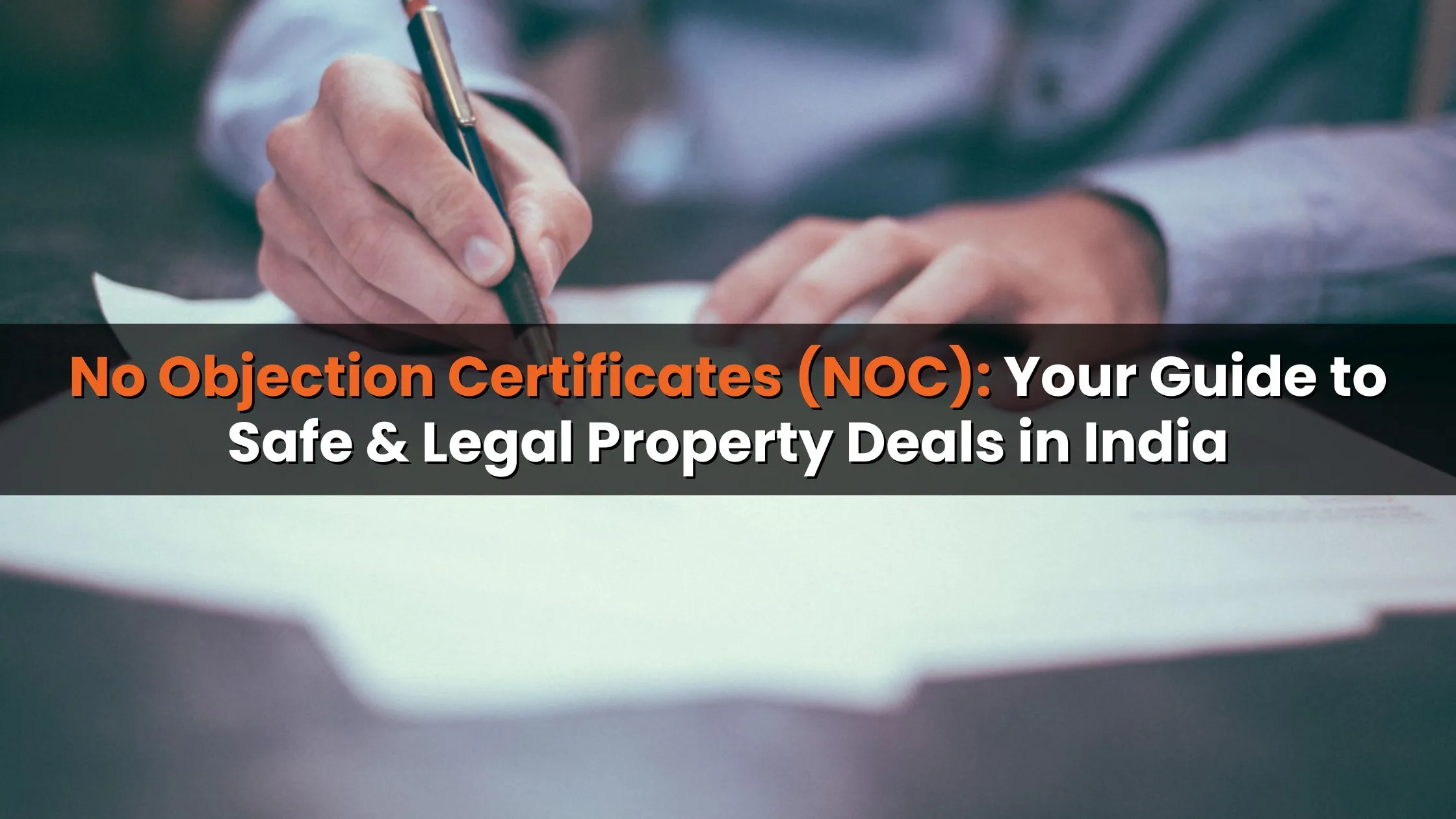Table of Content
The Leave and License Agreement governs property agreements in India between a property owner (the licensor) and the person using the property (the licensee). As long as the licensor maintains ownership of the property, this agreement grants the licensee the temporary right to utilise it for domestic or commercial purposes. Leave and License Agreements are a great way to clearly define each party's rights and responsibilities, which will protect both parties in the event of a disagreement.
What is a Leave and License Agreement?
A Leave and License Agreement is an agreement between two parties, the licensor and the licensee, where the licensor gives the licensee permission to use a property temporarily. A Leave and License Agreement does not give interest or ownership of the property like a rental agreement. The licensee gets permission to use the property, but no legal title to the property. Leave and License Agreements are commonly used for residential, commercial, and office spaces.
Also Read: Understanding Notary Fees for Property Documents: Types and Costs Explained
How to Create a Leave and License Agreement?
Creating a Leave and License Agreement involves a few straightforward steps:
1. Online Registration Portal: Start by visiting the official portal of the revenue department.
2. Fill out the Online Form: Register on the portal and fill out the required details. You may also add any specific clauses that meet the needs of both parties.
3. Biometric Verification: Once the draft agreement is ready, schedule an appointment for biometric verification, which will confirm both parties' identities.
4. Agreement Registration: After verification, the registration of the Leave and License Agreement is completed, typically within three working days.
The online process simplifies the registration and ensures that both parties can easily comply with legal formalities.
Essential Clauses in a Leave and License Agreement
A Leave and License Agreement should include specific clauses that define the rights and obligations of both parties. The essential clauses that must be included in such an agreement are:
1. Party Clause: This clause identifies the licensor and licensee by including their names, addresses, and identity proofs.
2. Definitions Clause: This clause explains the terms and definitions used throughout the agreement to avoid any confusion or misinterpretation.
3. Term of Agreement: The agreement specifies the duration for which the licensee can occupy the property, including the start and end date of the agreement.
4. Security Deposit and Rent: The amount to be paid as a security deposit and the monthly rent must be clearly mentioned. The deposit is refundable at the end of the contract, subject to the condition of the property.
5. License Fee: The license fee is usually calculated based on the monthly rent, and this should also be clearly stated in the agreement.
6. Termination Clause: The agreement should outline how either party can terminate the agreement and the conditions under which this may occur.
7. Repair and Maintenance Clause: This clause details the responsibilities of both parties when it comes to maintaining the property.
Also Read: Difference Between Builder’s Floor vs Multi-Storey Apartments: What You Need to Know
Documents Required for Registration
To complete the registration of a Leave and License Agreement, several documents are required. These include:
1. Identity Proof: Copies of valid identity documents such as Aadhaar cards or passports for both parties.
2. Address Proof: Utility bills or Aadhaar card for address verification.
3. Property Ownership Proof: The property title or sale deed is necessary to prove ownership.
4. Photographs: Passport-sized photographs of both parties and two witnesses.
5. Stamp Duty: Stamp duty payment is mandatory. The stamp duty rate depends on the state and the value of the agreement.
Leave and License Agreement Format
The Leave and License Agreement should follow a standardized legal format. A format provides clarity on how to structure the agreement, covering all the necessary clauses. Below is an outline of the key sections in a Leave and License Agreement:
1. Title and Date: The document should begin with a clear title and the effective date of the agreement.
2. Parties Involved: Name and addresses of the licensor and licensee.
3. Property Details: Detailed description of the property being given under the agreement.
4. License Fee and Deposit: Mention of the agreed-upon fee and deposit.
5. Terms and Conditions: Detailed terms related to rent payment, property use, and any specific conditions agreed upon by both parties.
6. Termination Clause: The procedure for terminating the agreement and conditions for eviction, if applicable.
7. Signatures: Signature of both parties and two witnesses, along with the date.
Before signing the agreement, it’s advised to consult a legal expert to validate the format and clauses to ensure its compliance with the law.
Stamp Duty on Leave and License Agreement
The stamp duty applicable to a Leave and License Agreement depends on various factors such as the rental amount, duration, and state-specific regulations. Stamp duty is charged on the total economic value of the agreement, which includes:
1. Refundable Deposit: This is usually 10% of the security deposit, multiplied by the duration of the agreement.
2. Non-Refundable Deposit: Any advance payment that is non-refundable.
3. License Fee: The monthly rent multiplied by the duration of the agreement.
A sample formula for calculating stamp duty is:
Stamp Duty = (7% × [(Monthly Rent × No. of Months) + (10% of Security Deposit × Duration in Years) + Non-refundable Deposit])
The stamp duty rate varies across different states, and the following is a brief overview of stamp duty rates in some states:
- Assam, Andhra Pradesh, Delhi, Bihar: 5% to 6%
- Maharashtra, Kerala, Nagaland, Meghalaya: 3% to 9.90%
- Goa, Gujarat, Haryana, Karnataka: 3% to 7%
- Uttar Pradesh, Punjab, Telangana, Tamil Nadu: 4% to 7%
- West Bengal, Odisha, Sikkim, Tripura: 3% to 5%
Also Read: Avoid These Common Errors When Purchasing an Under-Construction Property
Key Benefits of a Leave and License Agreement
The Leave and License Agreement offers several benefits to both parties, including:
1. Legal Protection: The License Agreement offers an enforceable basis regarding: the terms of the use of the property, rental payment termination of the arrangement; and therefore minimizes the risk of disputes.
2. Flexibility: The Leave and License Agreement will be more flexible in terms of duration and use of the property, as opposed to the lease for longer periods.
3. Ownership: The licensor keeps ownership of the property, the licensee is given a right to use the property.
4. Short Term: Leave and License Agreements are well suited for shorter-term rental or use for business reasons.
Conclusion
A Leave and License Agreement is a valuable document that ensures smooth and legally compliant transactions between the licensor and licensee. By setting clear terms and conditions, this agreement protects both parties' interests and helps avoid potential disputes. Whether you are renting out a residential property or using it for business purposes, having a well-drafted Leave and License Agreement is essential for peace of mind.
By understanding the key aspects of this agreement, including registration, essential clauses, stamp duty, and benefits, you can ensure that your property dealings are both secure and transparent.
Follow AquireAcers Whatsapp Channel to Stay Updated With The Latest Real Estate News










Ans 1. A Leave and License Agreement is a legal document that grants the licensee permission to use a property temporarily while maintaining the licensor's ownership rights.
Ans 2. A Leave and License Agreement grants only usage rights to the licensee without transferring any ownership or interest in the property, unlike a rental agreement.
Ans 3. Documents include identity proof, address proof, property ownership proof, photographs of both parties, and two witnesses, along with proof of stamp duty payment.
Ans 4. Stamp duty rates vary by state, generally ranging from 3% to 9.90%, depending on the agreement's economic value and location.
Ans 5. Yes, in many states, the Leave and License Agreement can be registered online through the official portal of the revenue department.
Ans 6. The duration is usually short-term and specified in the agreement, often ranging from 11 months to a few years.
Ans 7. The maintenance responsibilities are typically defined in the Repair and Maintenance Clause of the agreement, and it can vary between the licensor and licensee.
Ans 8. Yes, the security deposit is generally refundable at the end of the agreement, subject to the property's condition.
Ans 9. Yes, the agreement can include a Termination Clause specifying the conditions and process for early termination by either party.
Ans 10. Ensure that all terms and conditions are clear, validate the document with a legal expert, and confirm that the agreement is duly registered to comply with legal requirements.